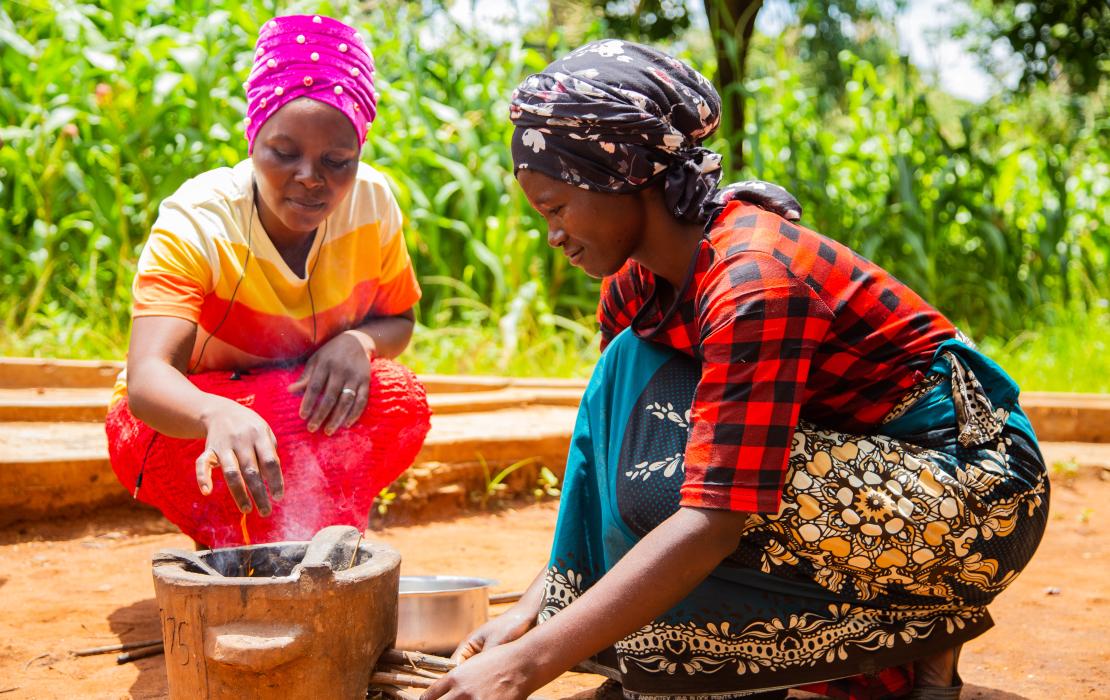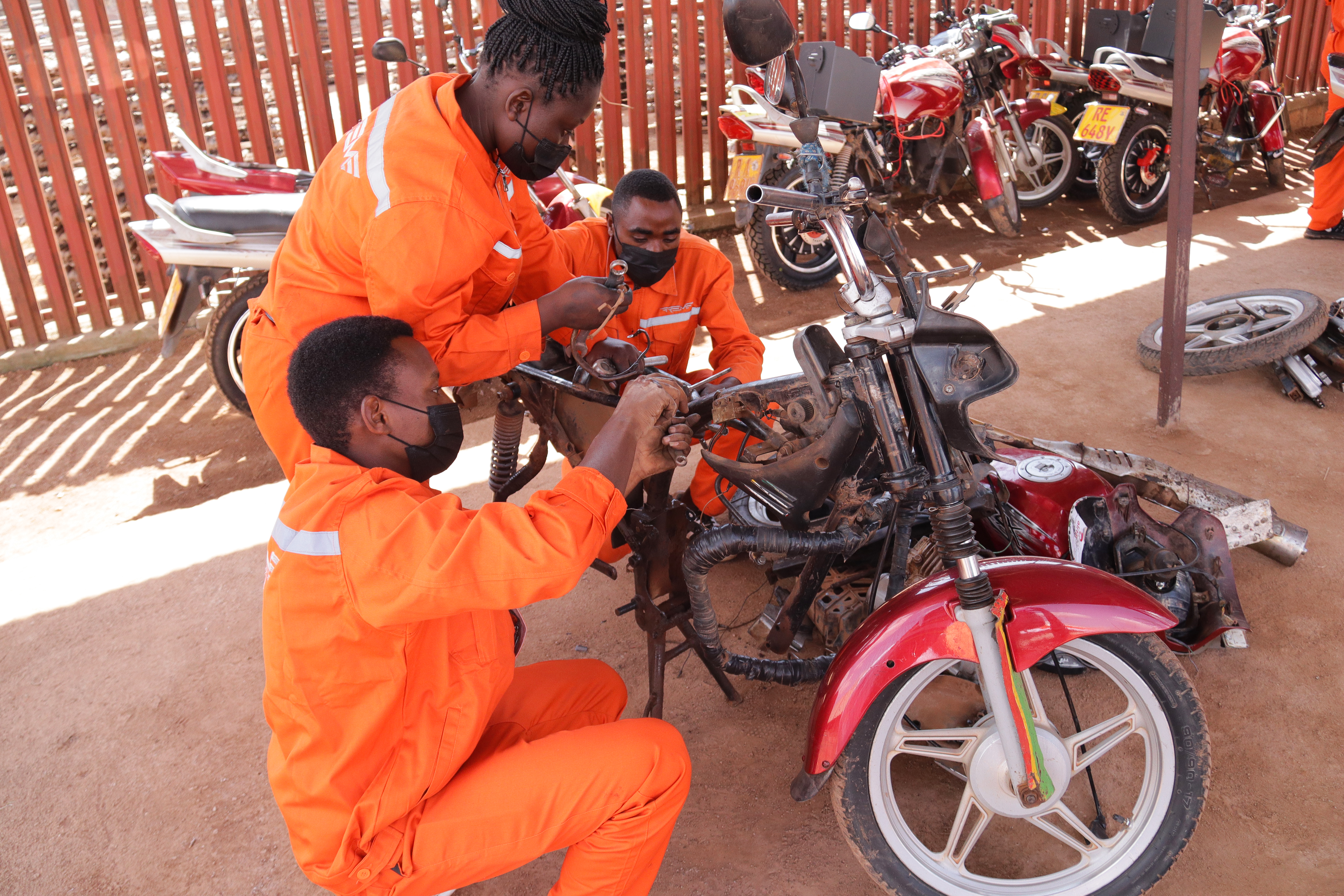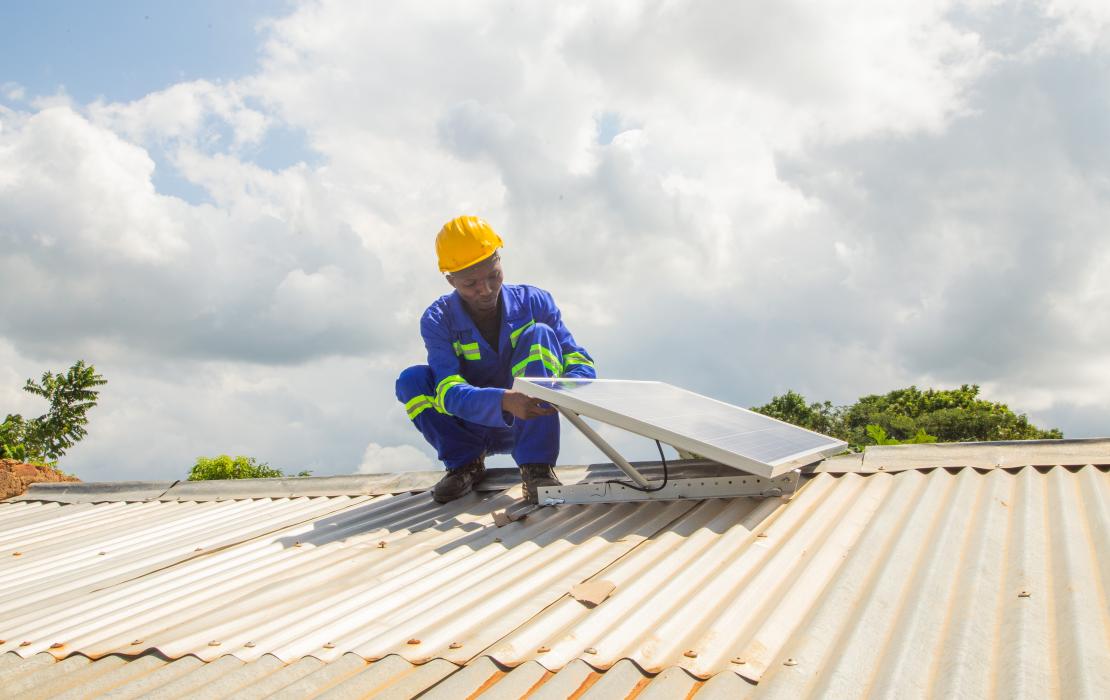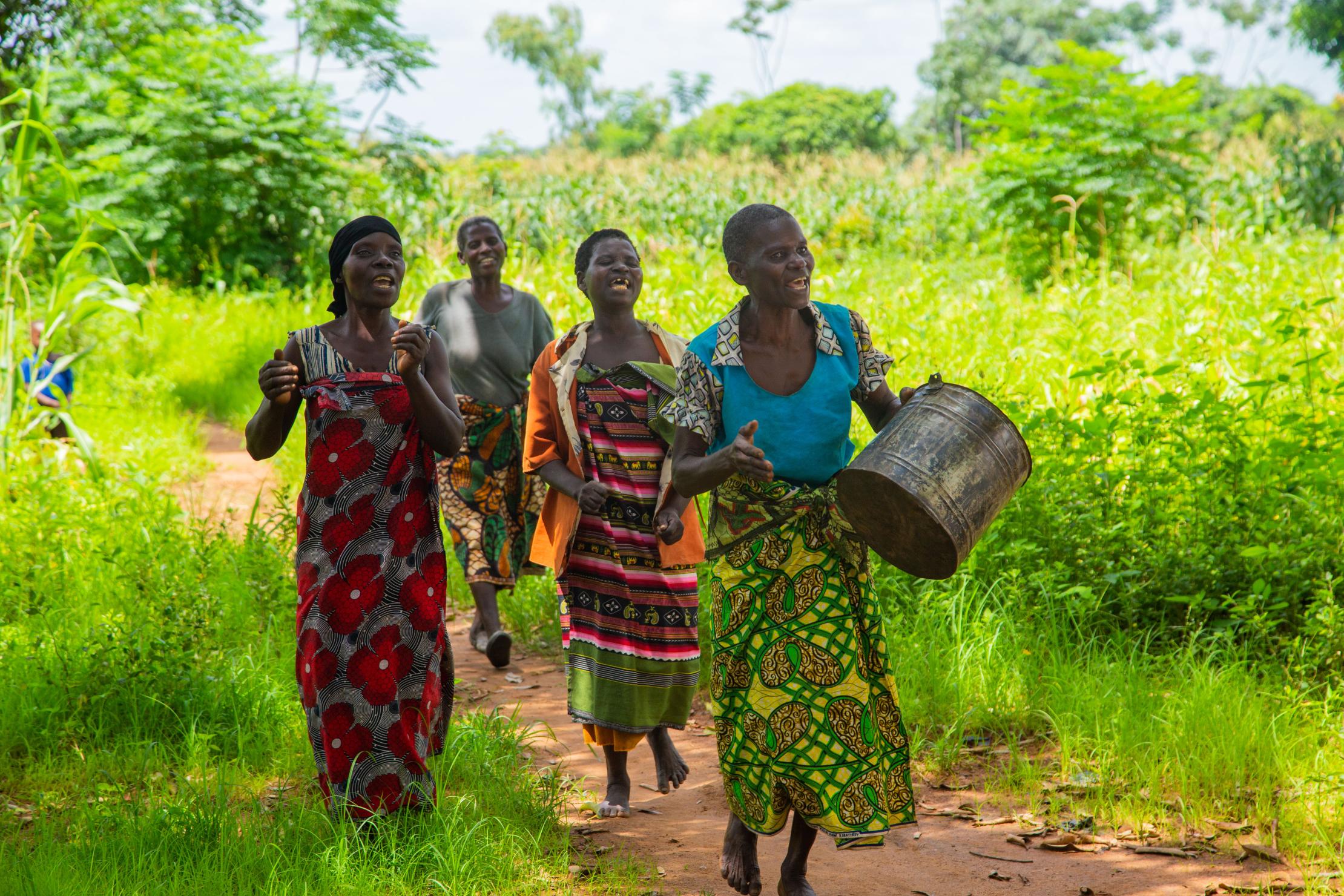Tackling the specific challenges of landlocked countries
Unlocking barriers to a sustainable future
February 21, 2024

Landlocked countries such as Malawi are being held back because of lack of energy - only 12 percent of Malawians have electricity.
No access to the sea, strong dependance on neighbouring countries, lack of good infrastructure, and vulnerability to climate change. These structural barriers are keeping over half a billion people living in the 32 Landlocked and Least Developed Countries (LLDCs) at an economic disadvantage compared to the rest of the world.
A staggering 215 million people live with limited or no electricity in LLDCs. The situation is even worse in rural areas, where more than 50 percent are living without energy.
Inadequate infrastructure is another major challenge. The average distance of a landlocked country to a seaport is 1,370 kilometres, delaying the movement of goods and services and causing higher transportation costs.
It is estimated that nearly 200 thousand kilometres of paved roads and more than 46 thousand kilometres of railways need to be constructed in LLDCs to achieve the global average of road and rail density.
Global crisis places a strong burden on the shoulders of these countries. More than half of all schools were either partially or fully closed during COVID-19, with e-learning becoming a challenge in places with low connectivity.
Only 35 percent of people living in LLDCs have internet, significantly below the global 66 percent average.
Although the investment grew by six percent in 2022, foreign finance remains structurally weak. Just five countries receive more than 80 percent of the total investments.

In Rwanda where one of the primary forms of transport is by motorcycle, tens of thousands are being retrofitted to run on electicity.
Powering the future
To unlock the development potential, investments are needed to integrate their economies into global markets, build sustainable infrastructure, improve access to renewable energy and accelerate digital connectivity. And this will only occur through partnerships to unleash their development potential.
In Rwanda, 13 percent of greenhouse gas emissions are related to road transport. In urban areas, motorcycles are frequently the primary mode of transportation. Through a partnership with UNDP, the government has launched the Retrofit Electric Motorcycles Project to accelerate the transition from petrol-fuelled motors to electric. By 2025, up to 30,000 motorcycles will be converted, helping to achieve Rwanda’s plan to reduce 4.6 million tonnes of carbon dioxide by 2030.
“Rwanda is debunking the myth that a country has to choose between development and green growth. Using a smart combination of finance and policy, we are pioneering a vision of development without fossil fuels, effectively detoxing our transportation system."Maxwell Gomera, UNDP Resident Representative in Rwanda
Solar leads to opportunities
Constant floods and mudslides have affected over one million people in Malawi in the last two decades. In a country where only 12 percent of its population have electricity, renewable energy access can build a new chapter in the lives of many families.
With the support of the Government of Japan, UNDP has provided, 2,000 households with solar energy across the country.
“We used to rely on candles and paraffin lamps which were more expensive and dangerous. We are cutting down a lot of costs and can now use that money for other needs around the house,” says Cecelia Maulana, a 36-year-old mother who now has photovoltaic panels.
Biogas plants are also converting organic waste into clean energy, replacing cookstoves fueled by charcoal and wood. The plants alone were responsible for offset the emissions of 27 cars since they were installed.

Solar panels are providing thousands of Malawi families with cheap, reliable energy.
In Paraguay, UNDP provided support to the Ministry of Industry and Commerce in developing a platform that offers, for the first time, complete information on 70 processes that local and national investors need to go through to open a business in the country.
“It is about making management transparent, having information available to everyone, eliminating siloed approach of the state and making process more agile, and inviting entrepreneurs to use what we are creating for them.”Rodrigo Maluff, Vice Minister of Investment and Exports, Paraguay Ministry of Industry and Commerce
Information in multiple languages is also provided on the platform, facilitating business with international investors.
"The portal will promote not only greater facilities for investing in Paraguay but will also serve to generate more employment and economy, and position the country in the world," says Silvia Morimoto, UNDP Resident Representative in Paraguay.
UNDP is also helping LLDCs to embark ion digital transformation, driving not only economic growth but contributing to the Sustainable Development Goals (SDGs).
In Armenia, Bolivia, Kyrgyzstan, North Macedonia and Moldova, UNDP has conducted the Digital Readiness Assessment to help countries design and implement inclusive public services.

Technology access, sustainable finance, infrastructure, and partnerships are connecting those that are excluded from the rest of the world because of their geographical location.
What's next?
New ways of working are needed to including millions of people living in LLDCs in the global economy. Technology access, sustainable finance, infrastructure, and partnerships are central to connecting those that are excluded from the rest of the world because of their geographical location.
This is a key year to renew the commitment to LLDCs. In June global leaders will meet in Kigali, Rwanda at the Third United Nations Conference on Landlocked and Developed Countries to assess the progress of the Vienna Programme of Action, adopted in 2014.
In Africa, Asia, Europa and South America, UNDP is working to address the main development challenges in LLDCs, unlock the barriers to a sustainable future and drive progress through partnerships.
As we approach the deadline for the SDGs, it is imperative to improve trade and regional integration in LLDCs, accelerate the energy transition and connect those who are out of the digital world.

 Locations
Locations



